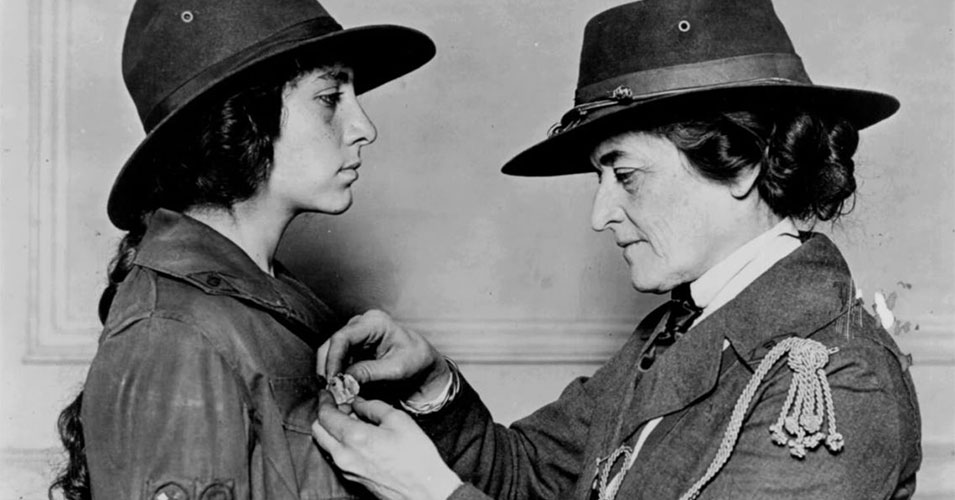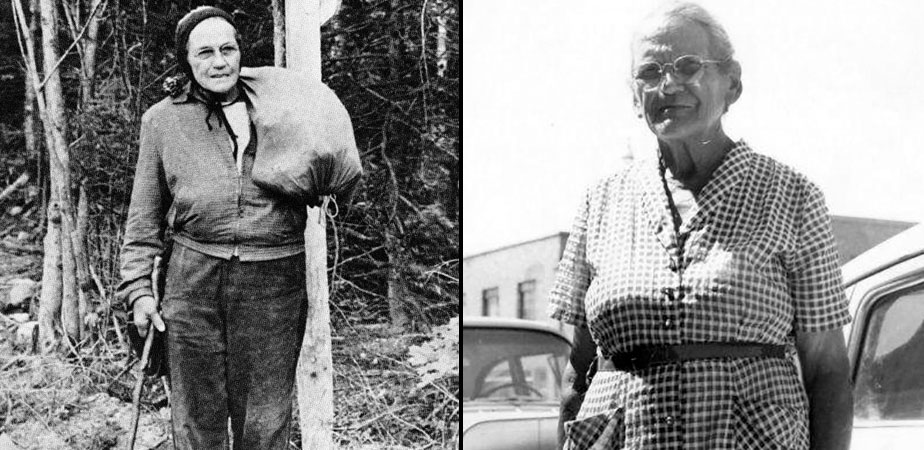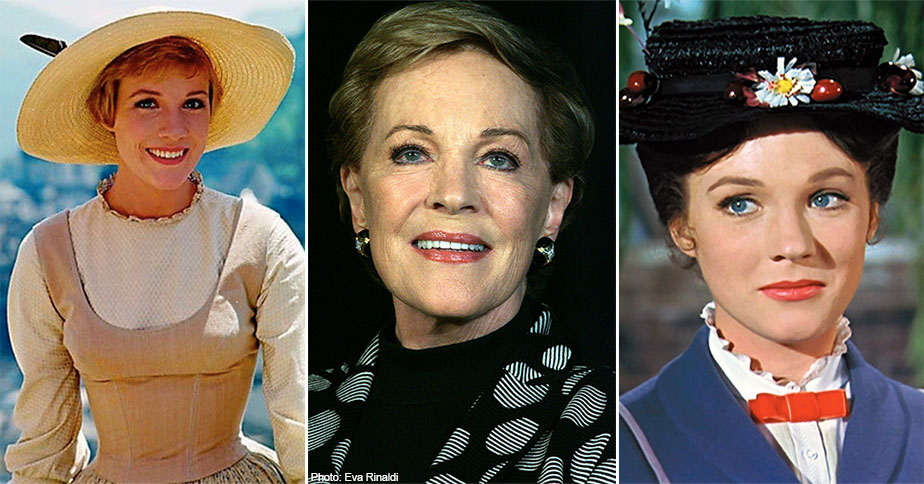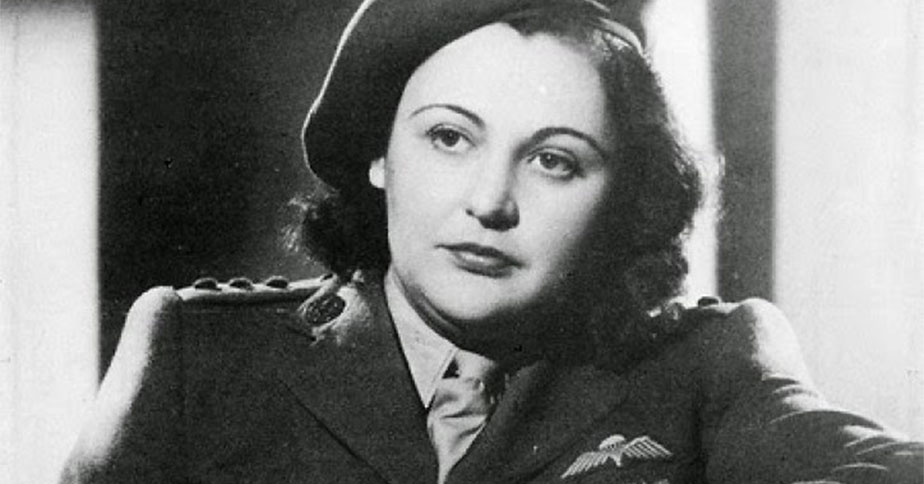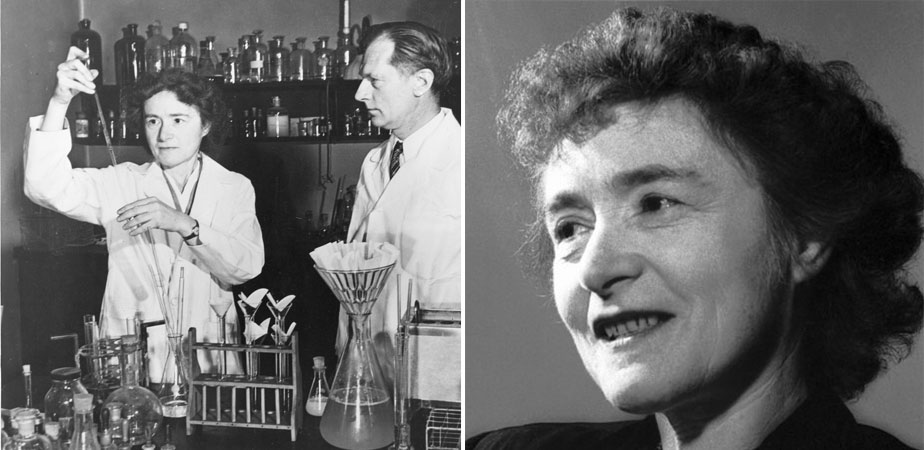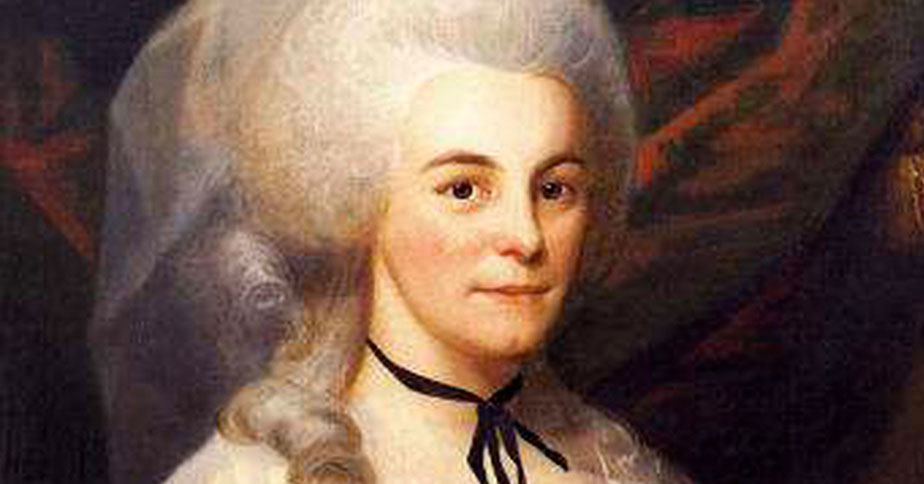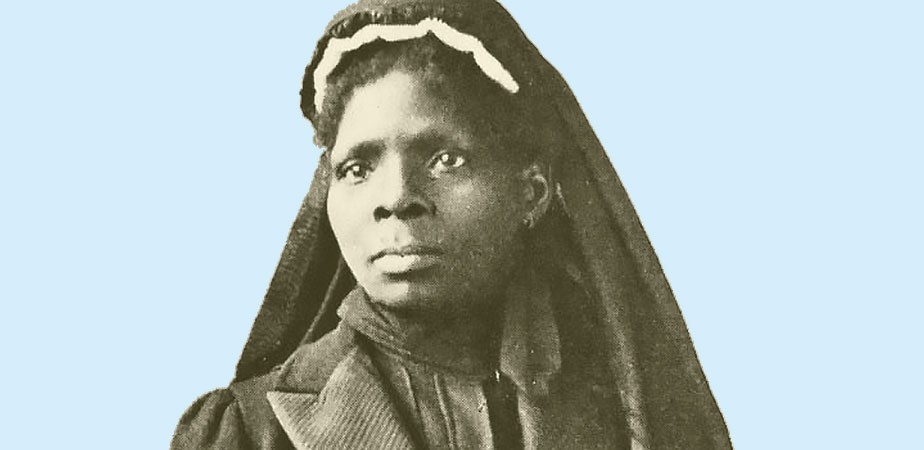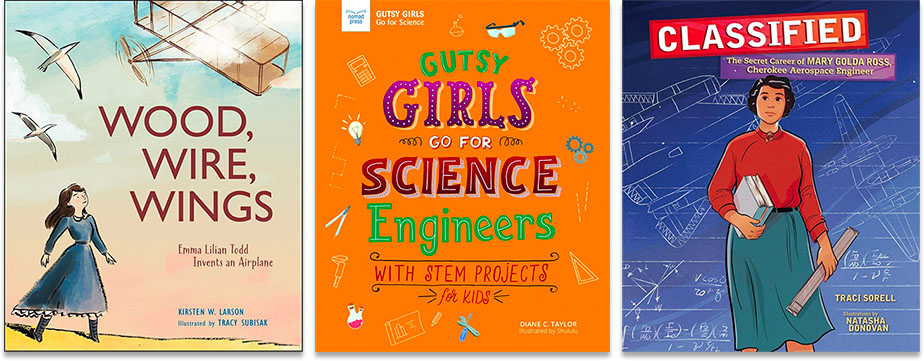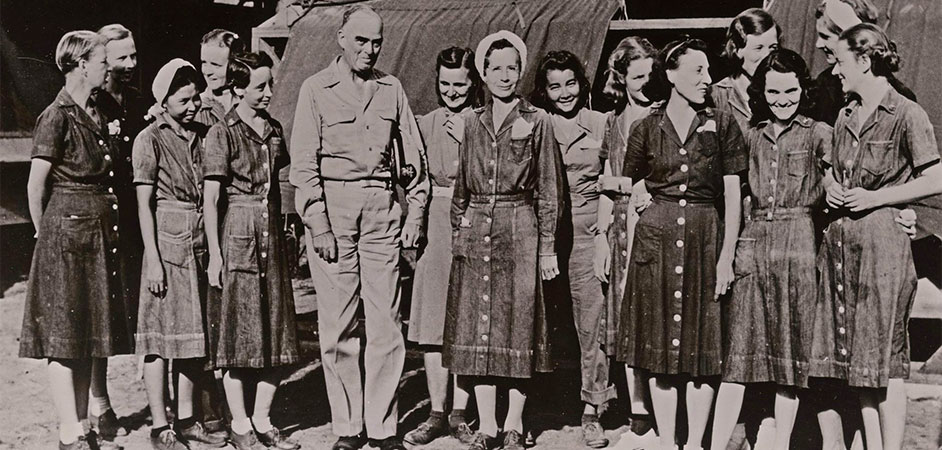Dr. Patricia Bath was an early pioneer of laser eye surgery whose cataract-removal invention has saved the vision of millions of people around the world.
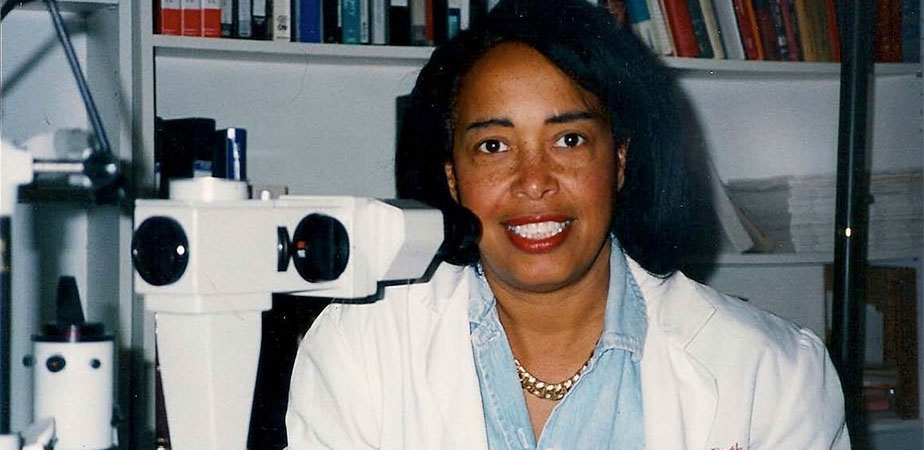 A Renaissance woman in the world of vision, the pioneering ophthalmologist Dr. Patricia Bath not only founded the discipline of community ophthalmology to help underserved populations have better access to vision care, she invented a device that quickly and easily dissolves cataracts, becoming the first African American female physician to receive a medical patent. Her invention of the Laserphaco Probe was recognized by the U.S. Patent and Trademark Office in 2014 as "one of the most important developments in the field of ophthalmology" for having "helped restore or improve vision to millions of patients worldwide." A trailblazer for both women and African Americans in medicine, Bath always considered the people she helped her greatest accomplishment, asserting that "the ability to restore vision is the ultimate reward." Continue reading Continue reading
A Renaissance woman in the world of vision, the pioneering ophthalmologist Dr. Patricia Bath not only founded the discipline of community ophthalmology to help underserved populations have better access to vision care, she invented a device that quickly and easily dissolves cataracts, becoming the first African American female physician to receive a medical patent. Her invention of the Laserphaco Probe was recognized by the U.S. Patent and Trademark Office in 2014 as "one of the most important developments in the field of ophthalmology" for having "helped restore or improve vision to millions of patients worldwide." A trailblazer for both women and African Americans in medicine, Bath always considered the people she helped her greatest accomplishment, asserting that "the ability to restore vision is the ultimate reward." Continue reading Continue reading









